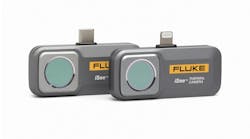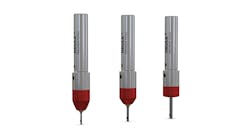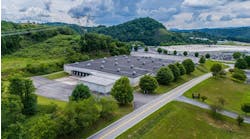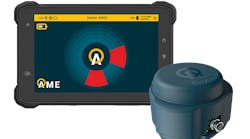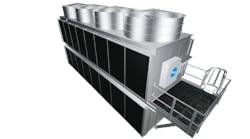Forklifts are often the workhorse of any productive warehouse or facility, but as with any heavy machinery moving throughout a facility or warehouse, they also represent one of the most significant hazards in the workplace.
Forklift operators and other employees working around heavy equipment are at risk of hazards such as collisions, tip-overs, and struck-by conditions, for example. Today, forklifts are safer than ever, but only when crews follow proper safety procedures.
Here are 10 safety tips to help ensure employee safety and prevent hazards:
- Complete a routine check of equipment before operating and notify management with and damages or problems.
- Wear personal protective equipment as provided by the employer. Hard hats, protective footwear, and high-visibility clothing are recommended when working around forklifts.
- Always wear a seatbelt while operating a forklift. It’s important for operators to buckle up while operating a sit-down forklift, as overturned forklifts are a leading cause of forklift-related accidents. Wearing a seatbelt can save operators from being crushed by a machine’s overhead guard or roll cage in the event of an accident.
- Keep loads within the forklift’s weight capacity. By exceeding the weight capacity of a forklift, employees can greatly increase the risk of tipping the machine. These load capacities can be double-checked in the equipment’s operating manual and are also listed on the machine itself.
- Operate at a safe speed, use the horn when vision is obstructed, and use caution on grades or ramps. Operators should use the horn to alert pedestrians or other forklift operators nearby to avoid an unnecessary collision. Take corners and turns slowly to minimize the risk of tipping.
- Set the parking brake, lower the forks, and set any controls to neutral when finished operating. Safely parked machines reduce the risk of unintended movement when left unattended. If a forklift is parked on an incline, employees can further secure the machine with wheel blocks.
For businesses operating propane forklifts, here are a few fuel-specific safety reminders to keep in mind, too:
- Inspect propane cylinders prior to operation. Check cylinders for rusting, dents, gouges, or worn O-rings and valves. Cylinders that show signs of wear or leaks shouldn’t be used and may need to be replaced, even if within the cylinder’s requalification date.
- Store cylinders in a secure rack or cage. Propane cylinders can be stored horizontally with the pressure relief valves in the uppermost position, and operators should use proper lifting techniques when removing them from storage and placing onto the forklift. A facility’s local propane supplier can help determine the best location for the cylinder storage rack or cage, which is generally located away from exits, stairways, entryways, and high-traffic areas.
- Close the service valves on cylinders when not in use to prevent unintended fuel loss and potential injury around internal combustion engines.
- Ensure the pressure relief valve on the propane cylinder is secure and pointing away from the locating pin. Check that the pressure relief valve fitting is roughly 180-deg. from the forklift’s locating pin.
It’s also important to note that the propane industry has dedicated procedures to support businesses operating with propane-powered equipment, including assistance from local propane suppliers across the country. Propane suppliers can provide additional safety support in a variety of ways. For starters, they can help crews identify the most convenient location for cylinder cages, so they don’t interfere with workflow. They can also inspect cylinders each time they’re exchanged, remove damaged cylinders from service, and repair and replace worn valves and O-rings on cylinders as needed. Propane suppliers also work to ensure all employees understand how to install propane cylinders on their forklifts safely, and some propane suppliers offer additional safety training opportunities for forklift customers, too.
Regardless of the forklift energy source, it’s imperative for facility managers and forklift operators to regularly review and practice proper forklift safety procedures. For more information on propane forklift safety, visit Propane.com/SafetyFirst.
